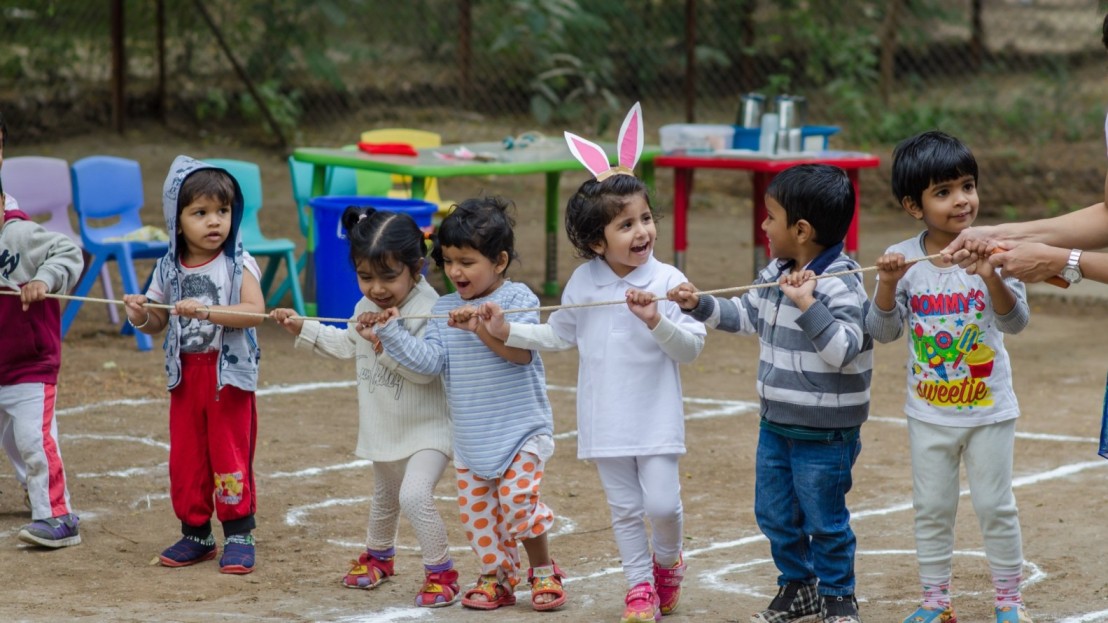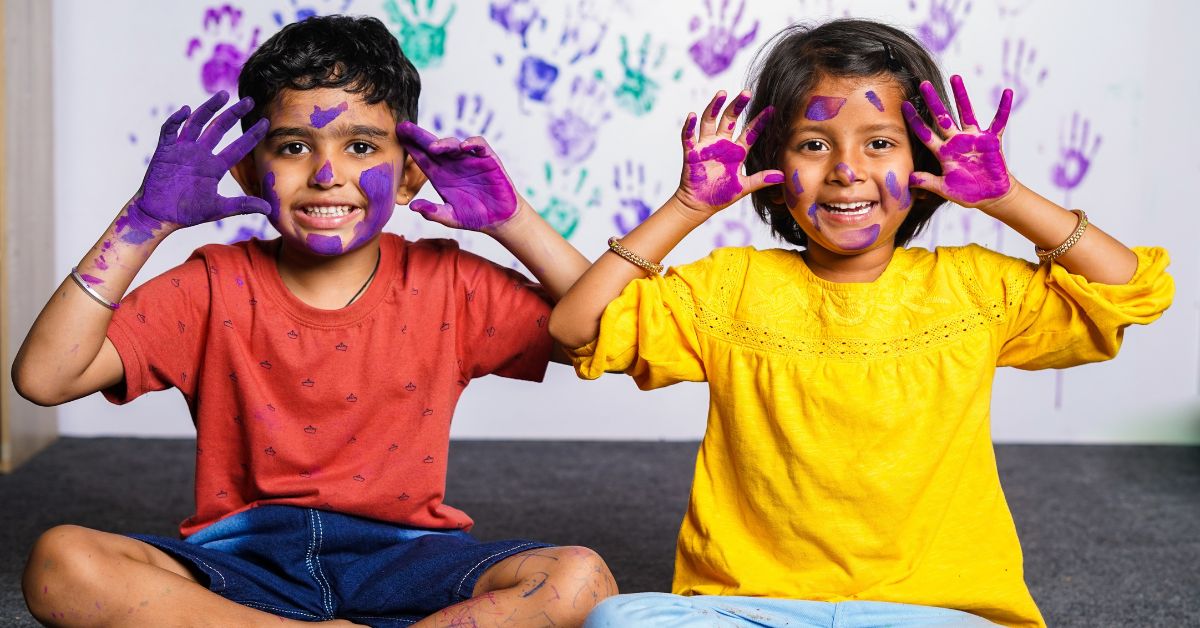India is home to over 444 million children in the age bracket of 0–18 years. This is one of the world’s largest child and adolescent populations.
A UNICEF report shows that learning outcomes remain one of the biggest challenges in the country as millions of children complete primary schooling without achieving foundational literacy and numeracy (FLN) skills.
In a bid to enrich the learning-teaching environment and make it child-centric, lively, and joyful, the Union Ministry of Education has recently launched play-based teaching and learning material called Jaadui Pitara (which translates to magic box) for the foundational stage.
Here are 10 things to know about the learning-teaching material.

- Jaadui Pitara has been designed based on the National Curriculum Framework for the Foundational Stage (NCF-FS) 2022. It points out that children at this stage learn best through play and activity, talking, listening, using toys, working with material, painting, drawing, singing, dancing, running, and jumping.
2. The NCF for the foundational stage was launched by the Ministry of Education last year. According to the curriculum framework, the NCERT developed and collected the learning-teaching material, and launched it on 20 February 2023 as Jaadui Pitara.
3. The Jaadui Pitara recommends learning and development in five domains — physical development, socio-emotional and ethical development, cognitive development, language and literacy development, and aesthetic and cultural development. Positive learning habits have also been included as another domain of development at this stage.
4. The child-centric and innovative learning experience is expected to strengthen conceptual understanding amongst learners in the age group of 3–8 years.
5. The material comprises toys, games, puzzles, puppetry, posters, flashcards, worksheets, attractive storybooks and playbooks for students, and is available in 13 Indian languages.
6. It also includes a trainers’ handbook, mapping the curriculum goals for future training of teachers at the foundational stage.
7. The learning material for the foundational stage has been designed as per the new National Education Policy (NEP) 2020, which envisages a “5+3+3+4” curriculum pedagogical structure. In other words, children will spend five years in the foundational stage, three years each in the preparatory and the middle stage, and four years in the secondary stage.
8. Under the Union Ministry of Education, the Department of School Education and Literacy formed the National Steering Committee, headed by K Kasturirangan, to develop the NCF for each of the stages.
9. While releasing the Jaadui Pitara kits, Union Education Minister Dharmendra Pradhan said, “It is a giant leap towards enriching the learning-teaching environment and making it more child-centric, lively, and joyful for the Amrit generation, as envisioned in the NEP.”
10. These resources are digitally available on the DIKSHA platform.
Edited by Pranita Bhat
If you found our stories insightful, informative, or even just enjoyable, we invite you to consider making a voluntary payment to support the work we do at The Better India. Your contribution helps us continue producing quality content that educates, inspires, and drives positive change.
Choose one of the payment options below for your contribution-
By paying for the stories you value, you directly contribute to sustaining our efforts focused on making a difference in the world. Together, let's ensure that impactful stories continue to be told and shared, enriching lives and communities alike.
Thank you for your support. Here are some frequently asked questions you might find helpful to know why you are contributing?

